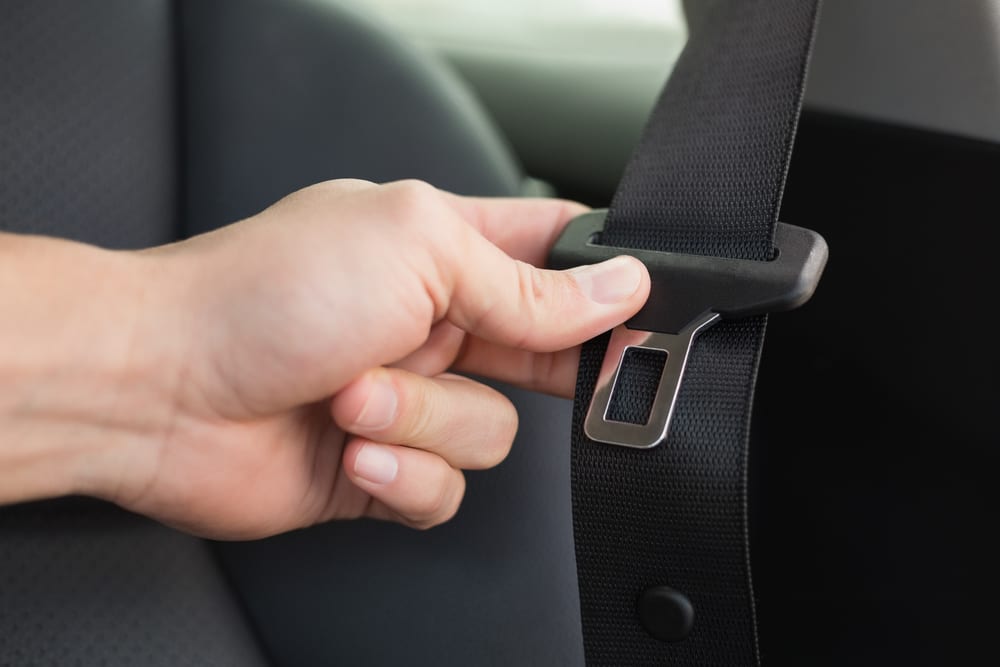

A seat belt is also known as a safety belt, and is intended to keep you safe during a sudden stop or car accident. The seat belt reduces serious injury and death in a traffic accident by keeping passengers in the correct position so the air bag will work properly. In addition, it helps to keep passengers from striking interior objects that can cause injuries as well.
Problems with Seat Belts
Seat belts can wear over time and not work properly when they need to. For example, the tension-relieving device can leave too much slack in the belt causing you to move in a collision. This movement can cause you to strike the sides, top, or other areas of the vehicle and cause injury. Another potential problem can be a defective seat belt. These do not work properly and can release upon impact of a crash. A defective buckle can cause serious injuries or even death. Rips and tears can happen in seat belts over time, so if this occurs, it is important to get them fixed right away. Seat belts will not function properly if they are torn.
Reasons to Use a Seat Belt
When the car is traveling at a certain speed, the passengers are traveling at that speed as well. If the car stops suddenly, you and the passengers keep moving at that same speed. The seat belt is designed to stop your body before you hit the dashboard or windshield. According to Oklahoma State University’s Safety Training, about 40,000 people die each year in car accidents, and half of those deaths could have been prevented by seat belts.
Myths of Seat Belts
One myth pertaining to seat belts is you do not have to wear them if you have an air bag. This is not true. Air bags provide protection in frontal crashes, but passengers can go under them if a seat belt is not in place. Furthermore, air bags do not help in side impact or rollover accidents. Another myth is not to wear a seat belt so you are thrown clear from a crash. According to Michigan State Police, this is almost impossible. During a crash, you are likely to hit the windshield, pavement, or another vehicle if you are thrown from the car.
Seat belts are an important safety feature and come standard on all vehicles. If you see rips or tears, get your seat belt replaced right away. Also, wear your seat belt every time you drive.



